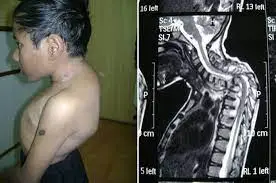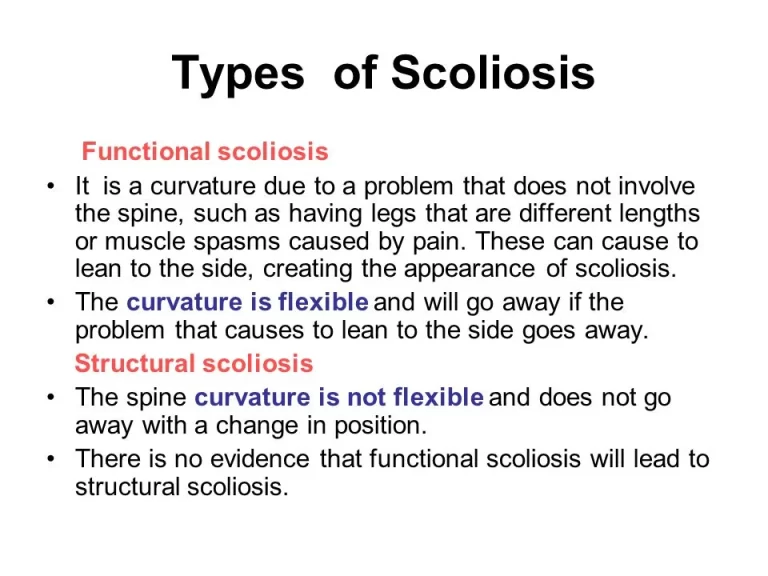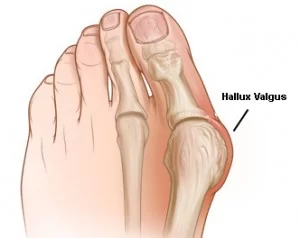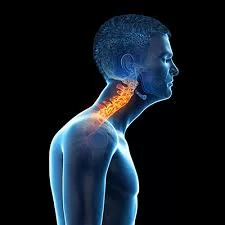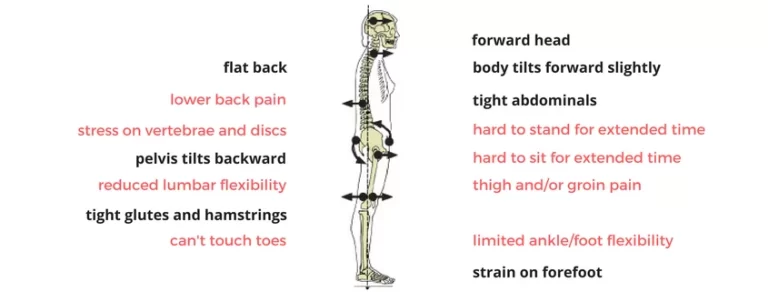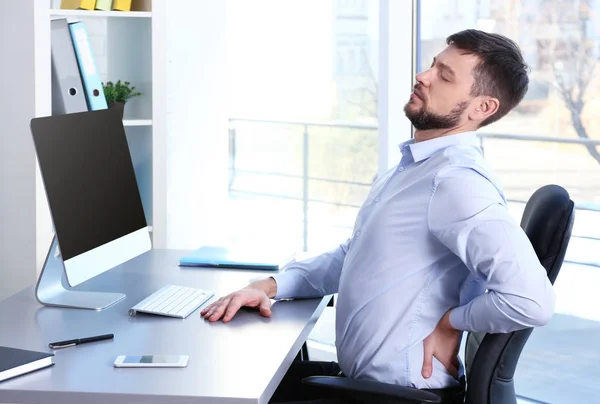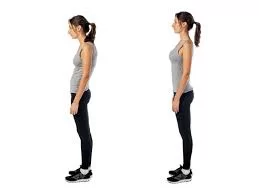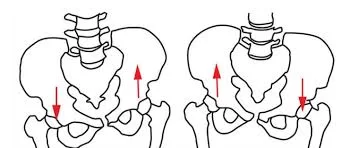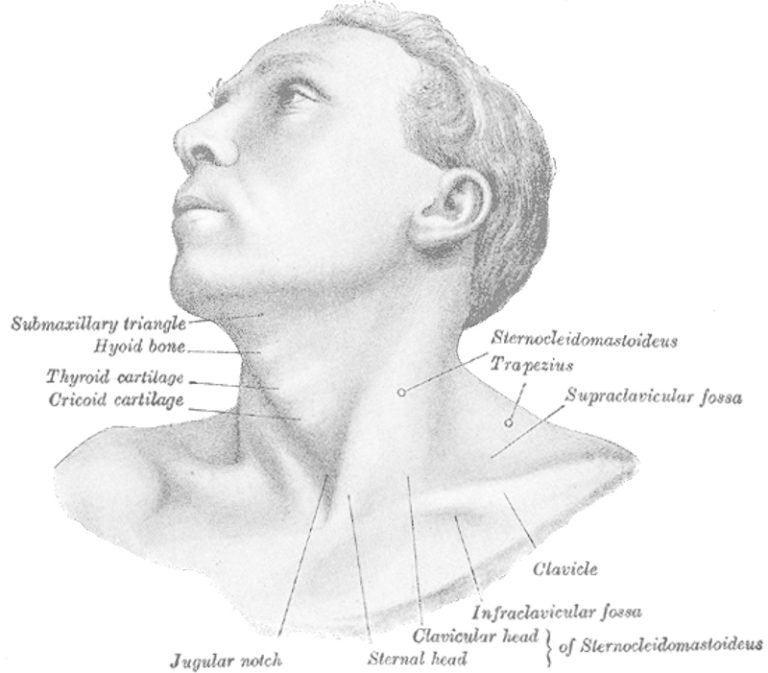Pott’s Paraplegia
What is pott’s paraplegia? Pott’s paraplegia resulting in severe spinal deformity is a disastrous complication, which is difficult to treat by chemotherapy alone and by surgical decompression. It is commonly accepted that Pott’s paraplegia in early spinal tuberculosis can be cured effectively through chemotherapy alone. Tuberculous spondylitis known as Pott’s disease refers to vertebral body…

